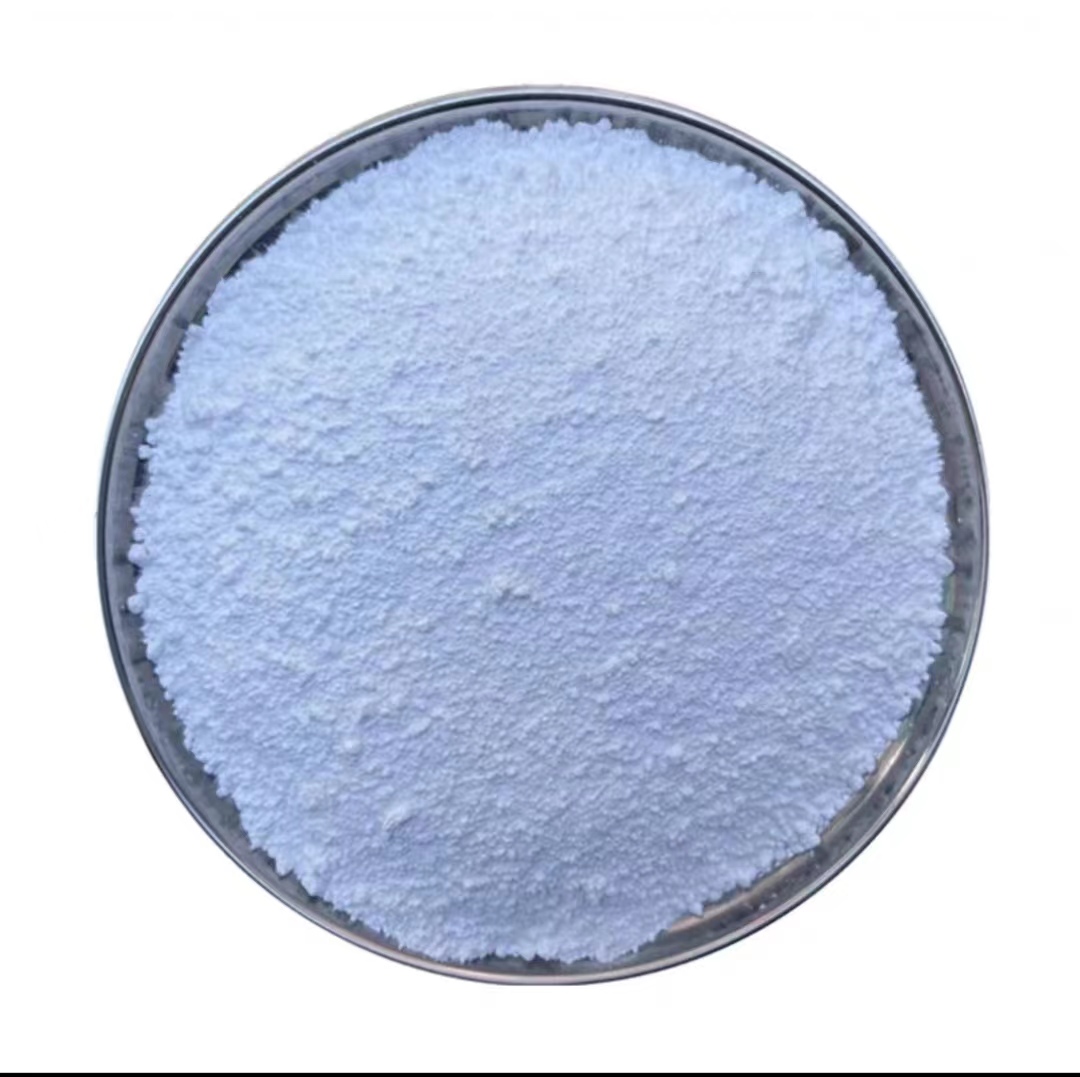
Dez . 05, 2024 12:02 Back to list
Safety Standards for Titanium Dioxide in China and Their Implications for Industry
Safety Considerations for Titanium Dioxide in China
Titanium dioxide (TiO2) has gained significant attention in recent years due to its widespread use in various industries, including paints, coatings, plastics, and cosmetics. In China, where industrial production of TiO2 is robust, safety concerns surrounding its use and environmental impact have prompted discussions about regulations and best practices. This article explores the safety aspects of titanium dioxide, particularly in the Chinese context.
Understanding Titanium Dioxide
Titanium dioxide is a white pigment known for its strong covering power and brightness. It is utilized in countless products, from sunscreens to food additives. Due to its excellent UV filtering properties and opacity, it has become an essential component in cosmetics, enhancing product performance while contributing to aesthetic appeal.
Safety Concerns and Regulatory Framework
Recent studies have raised concerns regarding the safety of TiO2, particularly in its nanoform, which is increasingly used in sunscreens and cosmetic products. Inhalation of TiO2 particles has been associated with respiratory issues, leading to potential long-term health effects, including lung diseases. Hence, the handling and exposure to TiO2, particularly in manufacturing environments, require stringent safety measures.
In China, the National Health Commission and other regulatory bodies oversee the safety of chemical substances. However, the rapid industrial growth often outpaces regulatory frameworks. The safety of TiO2 is monitored under the Chemical Registration Regulation, which mandates comprehensive assessments of health risks associated with chemical substances. Additionally, the Ministry of Ecology and Environment (MEE) plays a pivotal role in addressing environmental concerns linked to TiO2 production and disposal.
The Role of Industry in Ensuring Safe Practices
china tio2 safety

Industry stakeholders must adopt responsible practices to mitigate the risks associated with TiO2. This includes implementing effective ventilation systems in workplaces to reduce inhalation risks, using appropriate personal protective equipment (PPE), and conducting regular health check-ups for workers in TiO2-related industries.
Furthermore, companies are encouraged to invest in research and development to explore safer alternatives or modified forms of TiO2 that minimize health risks. Engaging with global standards and sharing best practices can bolster safety measures and enhance product transparency in the market.
Environmental Implications and Sustainable Practices
Environmental safety is another critical consideration in the discourse surrounding titanium dioxide. The production of TiO2 generates waste, including heavy metals and other pollutants, which can have detrimental effects on local ecosystems. In China, where industrial pollution is a pressing issue, adherence to environmental regulations is crucial.
The implementation of cleaner production technologies and waste management practices can significantly reduce the ecological footprint of TiO2 manufacturing. Initiatives such as recycling TiO2 waste or using sustainable raw materials contribute to a circular economy, promoting long-term sustainability.
Public Awareness and Consumer Safety
As consumers become more environmentally conscious, understanding the safety profiles of the products they use is essential. Educational campaigns highlighting the safe use of products containing TiO2 can empower consumers to make informed decisions. Transparency in labeling and clear communication about the safety measures adopted by manufacturers are vital components in ensuring consumer trust.
In conclusion, while titanium dioxide plays a critical role in various industries in China, addressing safety concerns is paramount. Enhanced regulatory frameworks, industry accountability, environmental sustainability, and consumer awareness are essential components in fostering a safer landscape for the use of TiO2. By prioritizing safety and sustainability, China can lead the way in responsible TiO2 production and application, benefiting both public health and the environment.
-
High Quality China Black Iron Oxide Powder Supplier Competitive Price & Fast Delivery
NewsJul.08,2025
-
High Quality Titanium Dioxide Used in Rubber – Trusted Supplier & Factory Price
NewsJul.08,2025
-
High Purity Barium Sulfate Particle Size - Wholesale Manufacturer from China
NewsJul.07,2025
-
Premium Titanium Dioxide Lomon R-996 Supplier – Quality & Wholesale Price from China
NewsJul.07,2025
-
Top Titanium Manufacturers in China - Quality Titanium Dioxide Supplier & Production Line Solutions
NewsJul.06,2025
-
OEM Titanium White Supplier & Factory – High Purity, Consistent Quality for Industrial Use
NewsJul.06,2025
